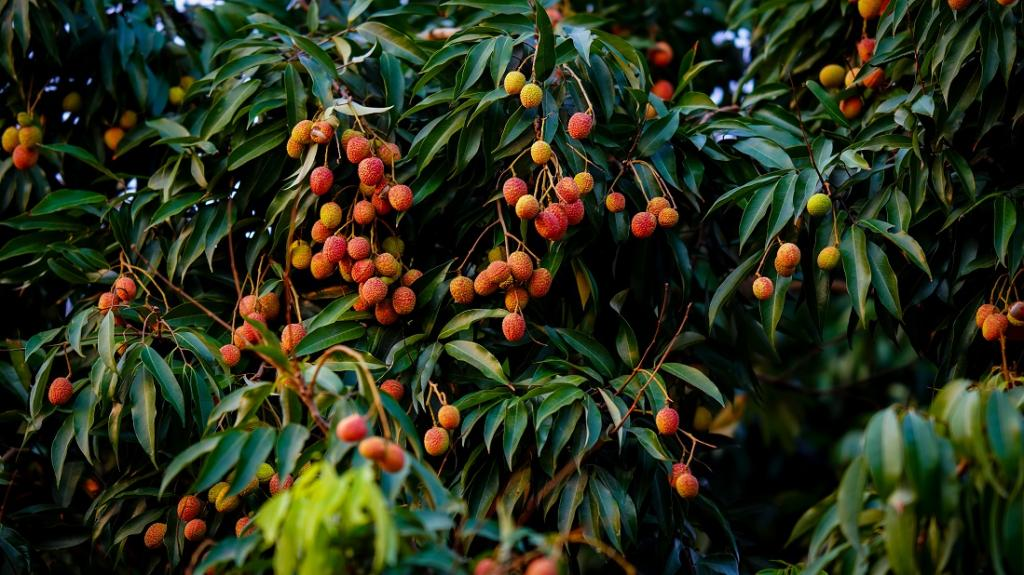Free Courses Sale ends Soon, Get It Now


Free Courses Sale ends Soon, Get It Now



Copyright infringement not intended
Picture Courtesy: www.downtoearth.org.in
Context: The National Research Centre on Litchi (NRCL) in Muzaffarpur significantly contributed to the expansion of litchi cultivation across 19 Indian states by providing technical support, plants, and training to farmers.
Key Highlights
This expansion signifies a positive trend toward diversifying crop cultivation across India, potentially impacting the overall agricultural landscape and contributing to the fruit's availability in various regions.
|
PRACTICE QUESTION Q. What are the emerging trends and challenges facing horticulture in India, and how are advancements in technology impacting the sector's growth and sustainability? |
© 2024 iasgyan. All right reserved